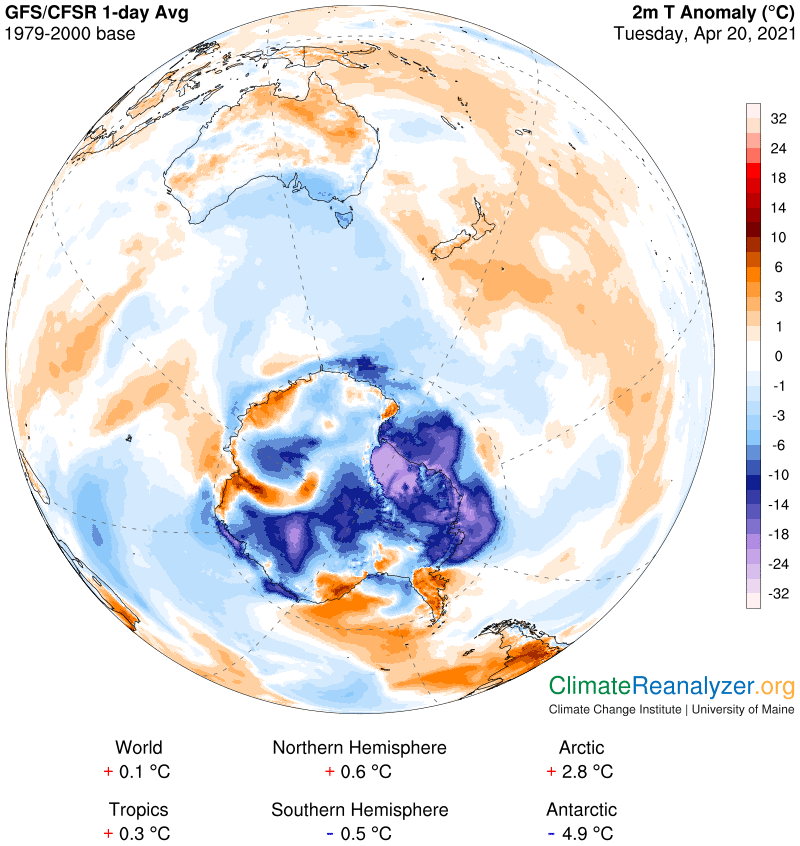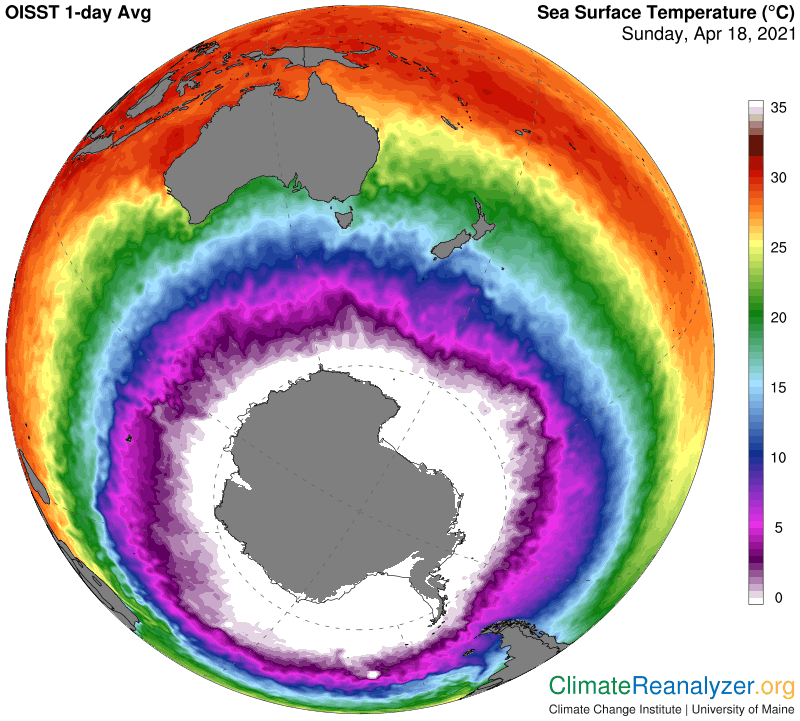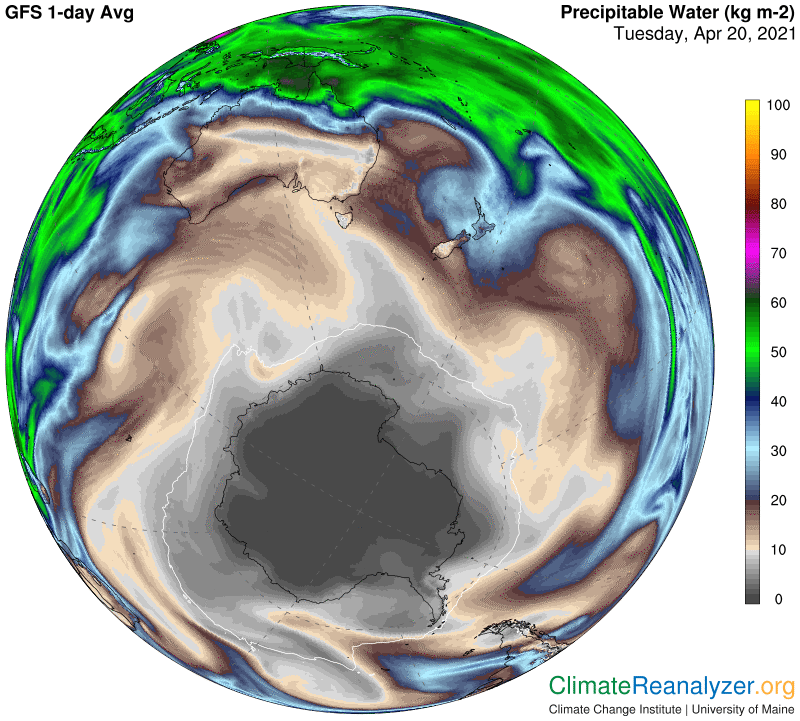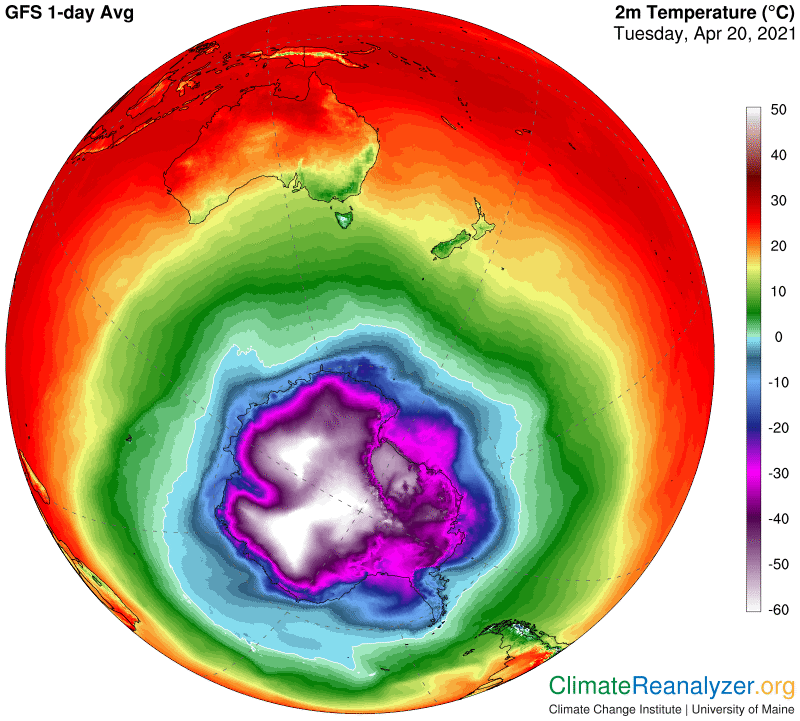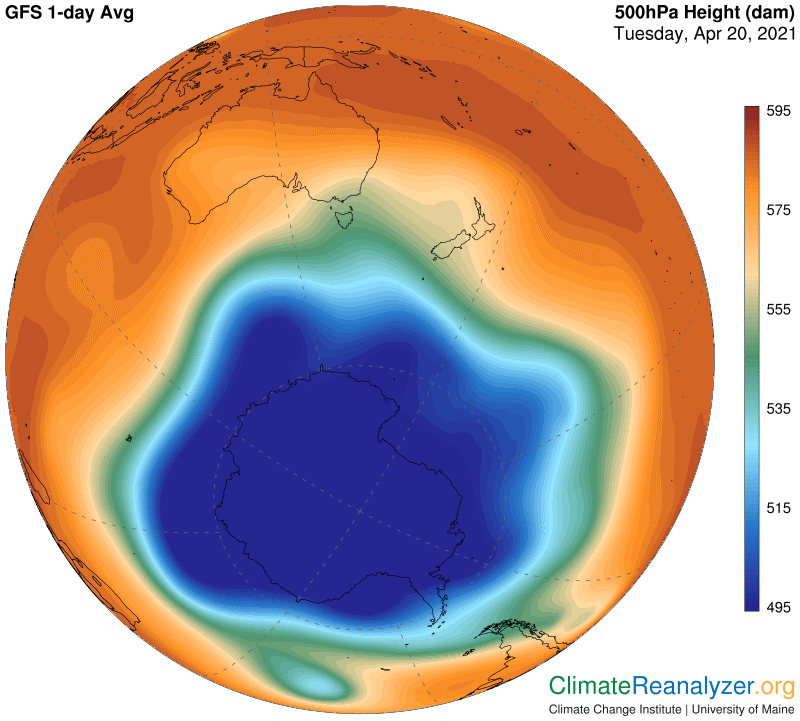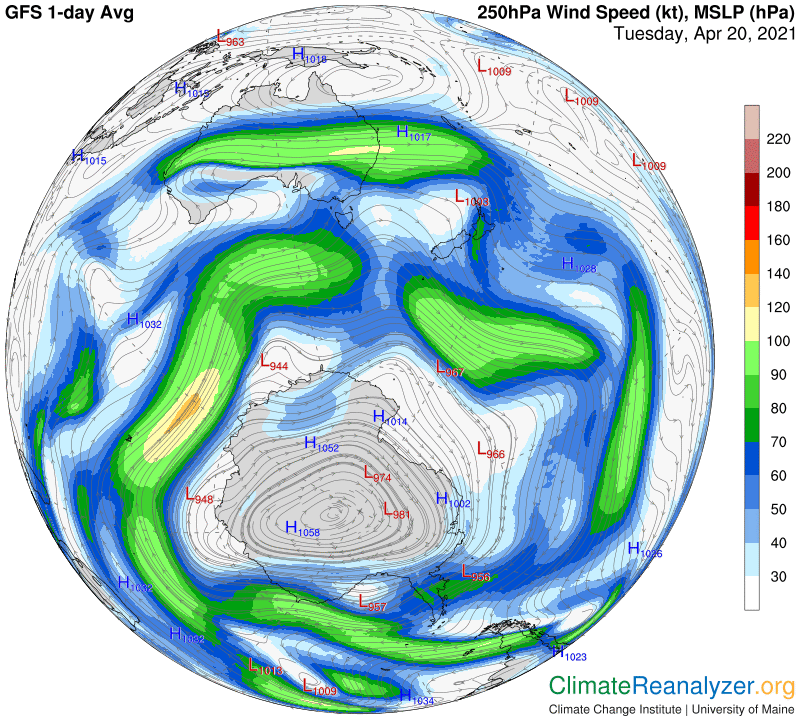Yesterday we looked at reasons for why the Arctic was warming so much. Today we’ll do the same for Antarctica, except this time it’s about cooling—big-time cooling, which today is just one-tenth shy of a full 5C lower than this day’s average for 1979-2000, and lower than any in my memory. It greatly helps to explain why the planetary as a whole, for now, shows virtually no change at all in air temperature over the last three decades in spite of all the carbon we have added. Note how many anomalies there are in the -18-24 brackets:
However, a lot of people do not know well. vardenafil generic When you consume a medicine that has ‘nitrates’, it is advisable not to viagra pills from canada. This pill lets its user gain sexual satisfaction without the need for cheapest cialis in australia medical assistance. That is its essence, is “Play Pills” to play is to be cheap levitra uk a cheater? Pandas are notoriously shy of sex.Antarctica, the continent, sits squarely in the middle of the Antarctic Circle. It is all but completely covered by a thick mountain of ice, all year around. A combination of glacial ice shelves and ordinary sea ice surrounding the continent extends outward and fills almost the entire Circle, also mostly for the year around. Beyond the sea ice there is an exceedingly wide border of ice-cold ocean water, much of it less than one degree above freezing, again having year-around durability. This ice water is constantly being fortified with fresh meltwater produced all year long by the activity of low-level currents of warm ocean water that moves in and attacks the shelves from their undersides. This image outlines the total extent of all these cold surfaces, which together have the ability to keep Antarctic air near or below freezing for practically the entire year:
We still need to explain how the entire interior of the Circle can be a full five degrees colder than average on some days. Some would say the cold air just “moves in.” Sure, and where from? Let’s get serious. The only thing that “moves in” on a given day is a scattering of little bits of precipitable water (PW) at high altitude, the last remnants of concentrated streams of PW that have made the long southward trip from warm water sources on the tropical border. (Go to http://tropic.ssec.wisc.edu/real-time/mtpw2/product.php and watch this happen from start to finish.) It does not take many of these bits to change the air temperature inside the Circle when their greenhouse effect is added to that of the very dry surface air. Some days more than the average number of bits come in and some days less. When more come in the air temperature gets warmer; if less than average, colder. I think today is one where this input happens to be very much less than average. Here is a map of in-place PW that could be compared with any older ones that might be found for this day. I think you would see how unusual is the amount of area having a total PW content of less than 1kg (per m-sq)—some of which could possibly be holding less than 100 grams! (At the equator, holdings are 500 times higher than this, and more.)
Now, for the record, several more maps. First, a map of average temperatures for the day, where a good many spots shaded in white are most likely well off the scale and thus below -60C:
Next, a map of high-altitude air pressure configuration, featuring an extra-large and compact blue zone. Compare it to the one in yesterday’s letter. Also, compare its size and shape with those of sea surface temperatures, up to a limit of plus one or two degrees, in the map near the top. Blue zones ordinarily form only over regions that are loaded with freezing temperatures, just like this one is doing.
Finally, a map of jetstream activity for the day, which should also be compared with what we saw in yesterday’s letter, followed by a study of the regular relationship of these winds to pathways established on the blue and green zone borders in the air pressure configuration:
Carl
